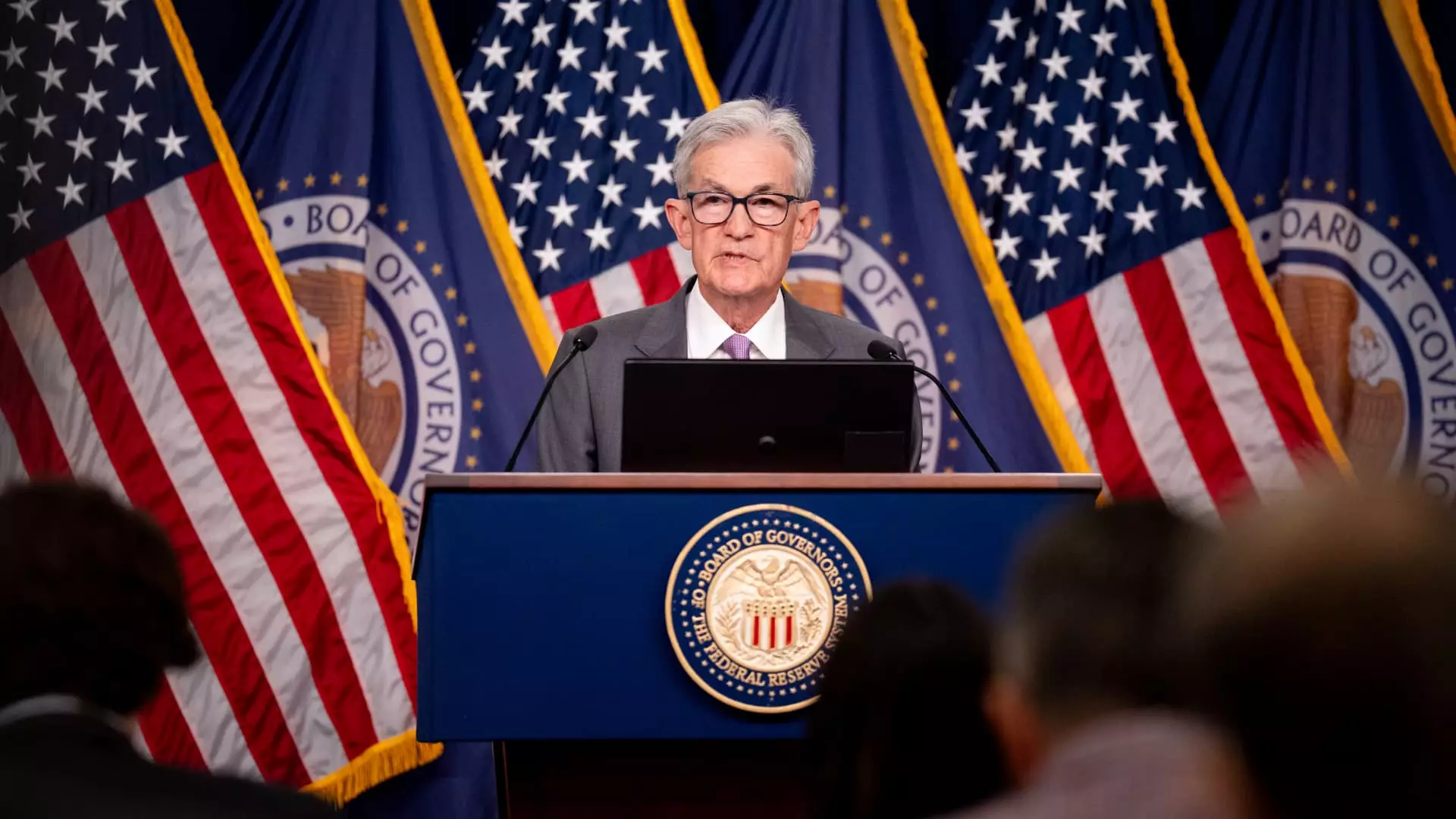The British fund manager abdrn recently predicted that the U.S. economy is headed for a soft landing in 2025. However, Kenneth Akintewe, the company’s head of Asian sovereign debt, expressed concerns about the potential for a prolonged slowdown. In an interview with CNBC’s “Squawk Box Asia,” Akintewe raised the question of whether the Federal Reserve is making a policy mistake by not taking preemptive action.
Akintewe highlighted the issue of revised economic data, specifically pointing out discrepancies in non-farm payrolls. According to the U.S. Labor Department, the U.S. economy actually created 818,000 fewer jobs than initially reported from April 2023 to March 2024. This discrepancy indicates a weaker economic picture than what was originally believed. Akintewe questioned whether the economy is already weaker than the headline data suggests, and if the Fed should be considering easing monetary policy.
One of the key points raised by Akintewe is the time lag associated with policy changes by the Federal Reserve. He emphasized that any easing measures taken by the Fed would require time to be transmitted through the economy. Akintewe suggested that if the economy is indeed weaker than current data indicates, the Fed may need to implement a significant amount of easing, potentially up to 150-200 basis points. However, he noted that it would take six to eight months for these measures to take full effect.
Akintewe also criticized the market’s singular focus on forecasting the size of potential rate cuts by the Federal Reserve. He questioned why the policy rate is still at 5.5% when inflation has dropped to almost 2.5%. He challenged the necessity of maintaining such a high policy rate in the face of economic uncertainty. Akintewe’s concerns reflect a broader skepticism about the effectiveness of current monetary policy in addressing the challenges facing the U.S. economy.
Recent data on the Personal Consumption Expenditures (PCE) price index, the Federal Reserve’s preferred measure of inflation, showed a slight uptick of 0.2% last month. This data aligns with expectations of a smaller rate cut by the Federal Reserve. Market indicators currently suggest a 70% probability of a 25-basis-point rate cut at the upcoming Fed meeting, with a smaller portion anticipating a more significant 50 basis-point cut. These expectations underscore the prevailing uncertainty surrounding the future direction of monetary policy in response to evolving economic conditions.
Overall, Akintewe’s analysis raises important questions about the underlying strength of the U.S. economy in 2025. By challenging conventional wisdom and highlighting discrepancies in economic data, he underscores the need for a more nuanced and cautious approach to monetary policy. As the Federal Reserve grapples with conflicting signals and mounting pressure, the path forward remains uncertain. It is clear that the road to economic stability in 2025 will be fraught with challenges and complexities that necessitate careful navigation and decisive action.


Leave a Reply